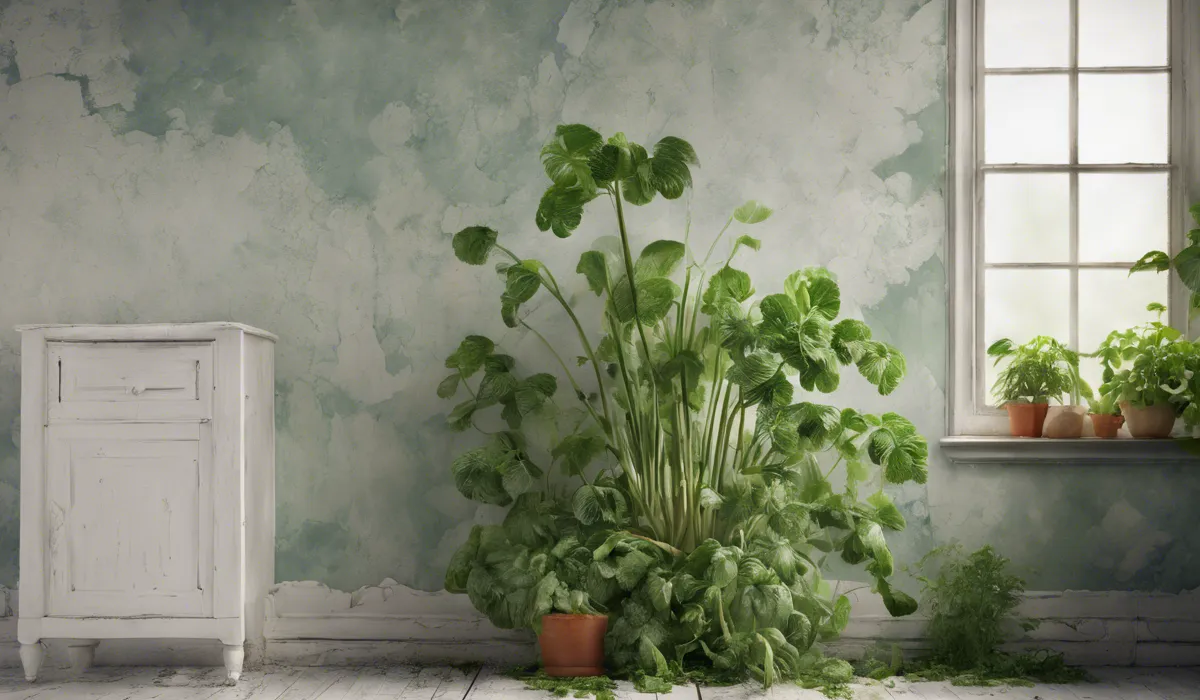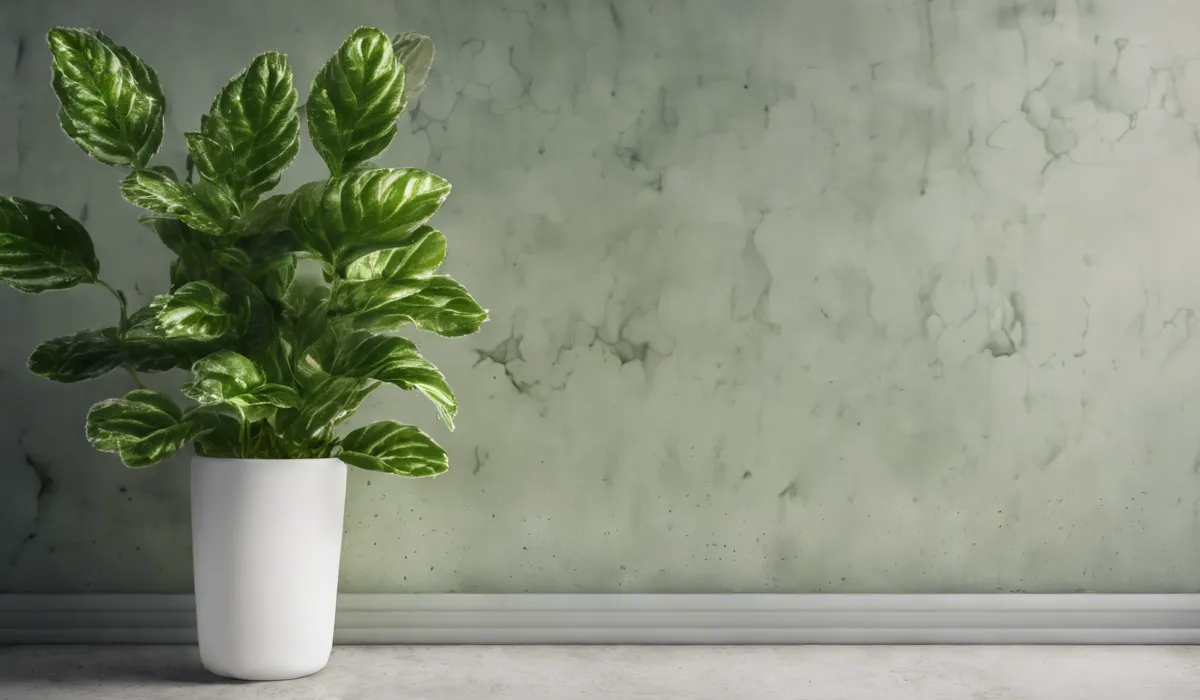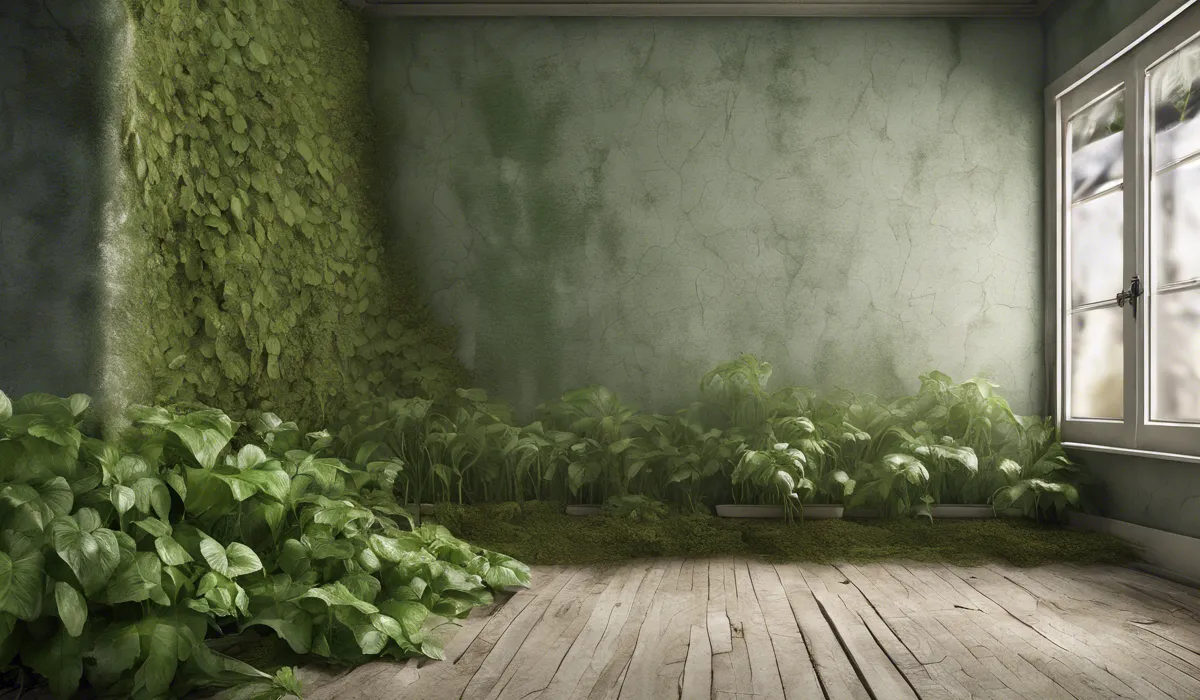Yes, plants can cause mold on walls if overwatered or poorly positioned, leading to excess moisture buildup. Ensure adequate air circulation and keep plants away from direct contact with walls to prevent mold growth.
Causes of Mold Growth Related to Indoor Plants

Excess Moisture from Plant Watering Routines
When we water our plants, we sometimes give them more than they need. This extra water can spill over and create a wet environment around the plant.
Walls near these plants can absorb this moisture, which can lead to mold growth. To keep your home healthy, it is important to understand how much water your plants really need.
Remember, too much love in the form of water can sometimes be a bad thing for both your plants and your walls.
Lack of Proper Ventilation in Plant Areas
Plants need fresh air just like we do, and without it, things can get a little stuffy. If the air does not move much around your plants, the humidity can build up.
High humidity is like a party invitation for mold. Making sure your plant areas are well-ventilated will help keep the air fresh and reduce the risk of mold taking hold on your walls.
Overcrowding of Plants
It can be tempting to fill every corner with beautiful greenery, but too many plants in one place can cause trouble.
The leaves and soil can hold onto moisture, and when plants are too close together, that moisture has nowhere to go.
This can create the perfect conditions for mold to grow. Think of it like people on a crowded bus; everyone needs a little personal space to stay comfortable, and so do your plants.
Potting Soil as a Home for Mold Spores
The soil in your pots is full of life, including mold spores. These are tiny seeds that mold uses to spread. If the soil stays too wet, these spores can grow into mold.
This mold can then spread to nearby walls, especially if they are damp. Keeping your soil healthy and not too wet can help stop mold spores from growing out of control.
Preventative Measures for Plant-Related Mold

Proper Watering Techniques
It is important to learn how to water your plants the right way. This means giving them just enough water without any extra that can cause problems.
Every plant is different, so find out what your plants like. Some plants like to dry out a bit before getting more water, while others like to stay moist. By watering correctly, you keep your plants and your home happy.
Using the Right Pots and Trays
Picking a good pot is like picking a good home for your plant. The pot should have holes at the bottom so extra water can drain out.
A tray underneath the pot can catch this water so it does not spill onto your floor or walls. This helps stop mold from finding a wet place to grow.
Cleaning Around Your Plants
Just like we clean our rooms, we need to clean around our plants too. Wiping down the walls and floors near your plants can keep them dry and free from mold.
It is a good idea to do this regularly as part of taking care of your home.
Strategic Plant Placement
Where you put your plants can make a big difference. They should not touch the walls or be too close to them.
This space allows air to move around the plant and keeps the walls dry. It is like giving your plant its own little island to live on, away from the walls.
Solutions for Treating Mold Caused by Plants

Identifying and Isolating the Problem
If you see mold, it is important to figure out where it is coming from. Check your plants and the areas around them.
If a plant or a wall near a plant has mold, move the plant away and clean the area. This stops the mold from spreading and gives you a chance to fix the problem.
Cleaning Mold from Walls
Mold on walls needs to be cleaned carefully. A cleaner that kills mold can be used to wipe down the walls.
It is important to wear gloves and maybe even a mask, so you do not breathe in the mold. After cleaning, make sure the area dries well to stop the mold from coming back.
Adjusting Plant Care
After finding mold, it is a good time to think about how you take care of your plants. Maybe they need less water or a better spot in your home.
By changing how you look after your plants, you can help stop mold from growing again.
Choosing Mold-Resistant Options
Some plants and soils are better at resisting mold. These might be a good choice if you have had mold problems in the past.
Mold-resistant plants and potting materials can help keep your home free from mold and still let you enjoy having plants indoors.
FAQs About Plants Causing Mold on Walls
Can indoor plants lead to mold growth on walls?
Yes, indoor plants can contribute to mold growth on walls if they create excess moisture through overwatering or if they are positioned too close to the walls.
How does overwatering plants cause mold on walls?
Overwatering plants can lead to excess water seeping out of the pots and creating a damp environment, which is conducive to mold growth on nearby surfaces like walls.
What is the role of air circulation in preventing mold from houseplants?
Adequate air circulation helps to dry out excess moisture and prevents the creation of a humid environment that mold spores thrive in.
Should plants be placed directly against walls?
No, it’s best to keep plants away from direct contact with walls to ensure there is enough air flow and to prevent moisture transfer that could lead to mold.
What can be done to prevent mold growth from plants on walls?
To prevent mold growth, ensure plants are not overwatered, maintain good air circulation, and keep plants at a distance from walls to minimize moisture buildup.
Final Thoughts
Plants can indeed lead to mold on walls when overwatered or improperly placed, as this creates an environment prone to moisture accumulation.
To mitigate this risk, it’s essential to maintain good air circulation and distance plants from wall surfaces, thereby minimizing the chances of mold development.
